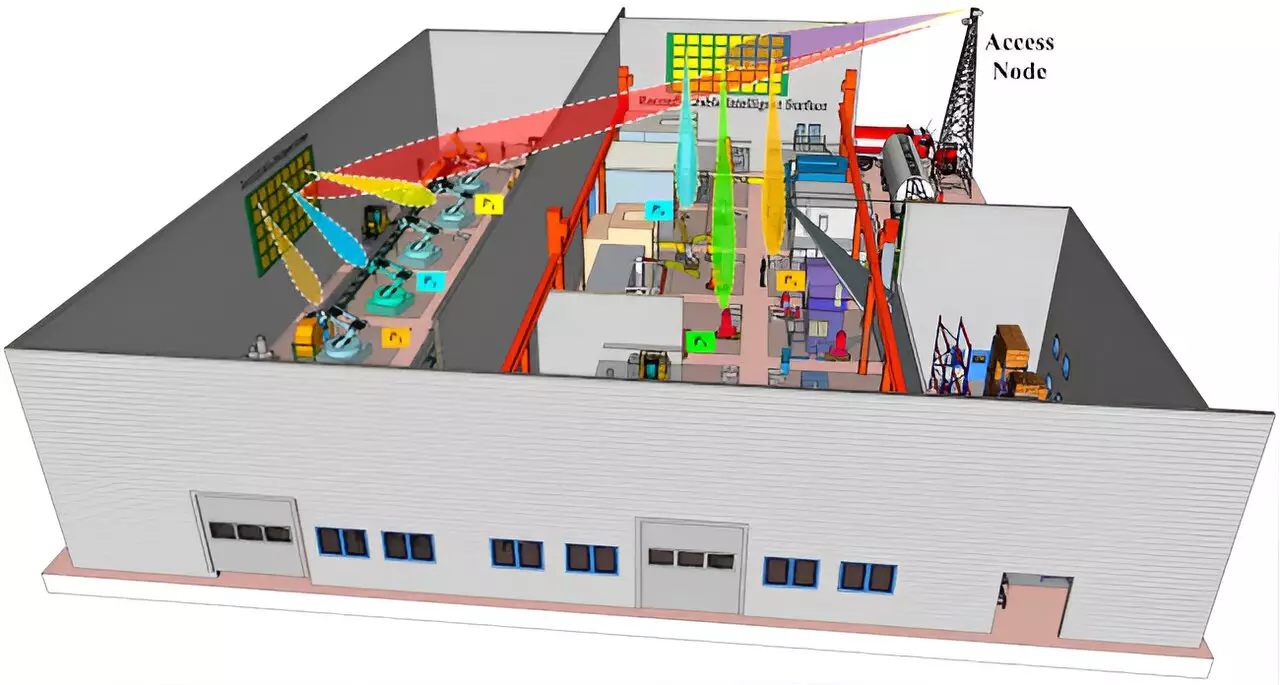A recent research breakthrough led by engineers from the University of Glasgow, in collaboration with colleagues from the U.K. and Australia, has paved the way for a significant advancement in indoor wireless communications. The team’s innovative work focuses on Reconfigurable Intelligent Surfaces (RIS), a cutting-edge technology with the potential to revolutionize how we pinpoint the locations of people and objects indoors.
While GPS has been instrumental in outdoor navigation, its performance indoors has always been a challenge due to signal weakening caused by thick walls and electronic interference. RIS, on the other hand, shows promise in enhancing active location-finding indoors by manipulating wireless signals to improve accuracy. By deploying flat surfaces embedded with programmable elements, RIS can intercept, reflect, and focus signals as needed, offering a solution to the limitations of traditional positioning technologies like GPS.
In a comprehensive study published in the journal Communications Engineering, the research team demonstrated the capabilities of RIS in indoor localization tasks. By setting up a 1.3m-square RIS with 4,096 elements at the University of Glasgow, the researchers conducted experiments using machine learning algorithms to analyze the optimized wireless signals. The results were promising, with one algorithm outperforming others by accurately determining the location of the receiver 82.4% of the time.
The implications of this research are vast, ranging from aiding emergency services in locating individuals in smoke-filled buildings to assisting visually impaired individuals with navigation in public spaces. Furthermore, the integration of RIS into existing and future communications networks, such as 5G and forthcoming 6G, could lead to improved call quality indoors and more efficient management of wireless signals.
Dr. Syed Tariq Shah, the first author of the paper, highlighted the potential applications of RIS technology in managing crowds at public events and enabling better tracking of stock in warehouses. The ability of RIS to shape and direct wireless signals opens up numerous possibilities for active positioning of devices in various scenarios, promising enhanced efficiency and accuracy in wireless communications.
The research led by Professor Qammer Abbasi and his team represents a significant step forward in harnessing the capabilities of RIS for indoor localization tasks. As the technology continues to evolve and become more widespread, it holds the promise of addressing complex localization challenges in indoor environments, paving the way for a new era of precision in wireless communications.


Leave a Reply